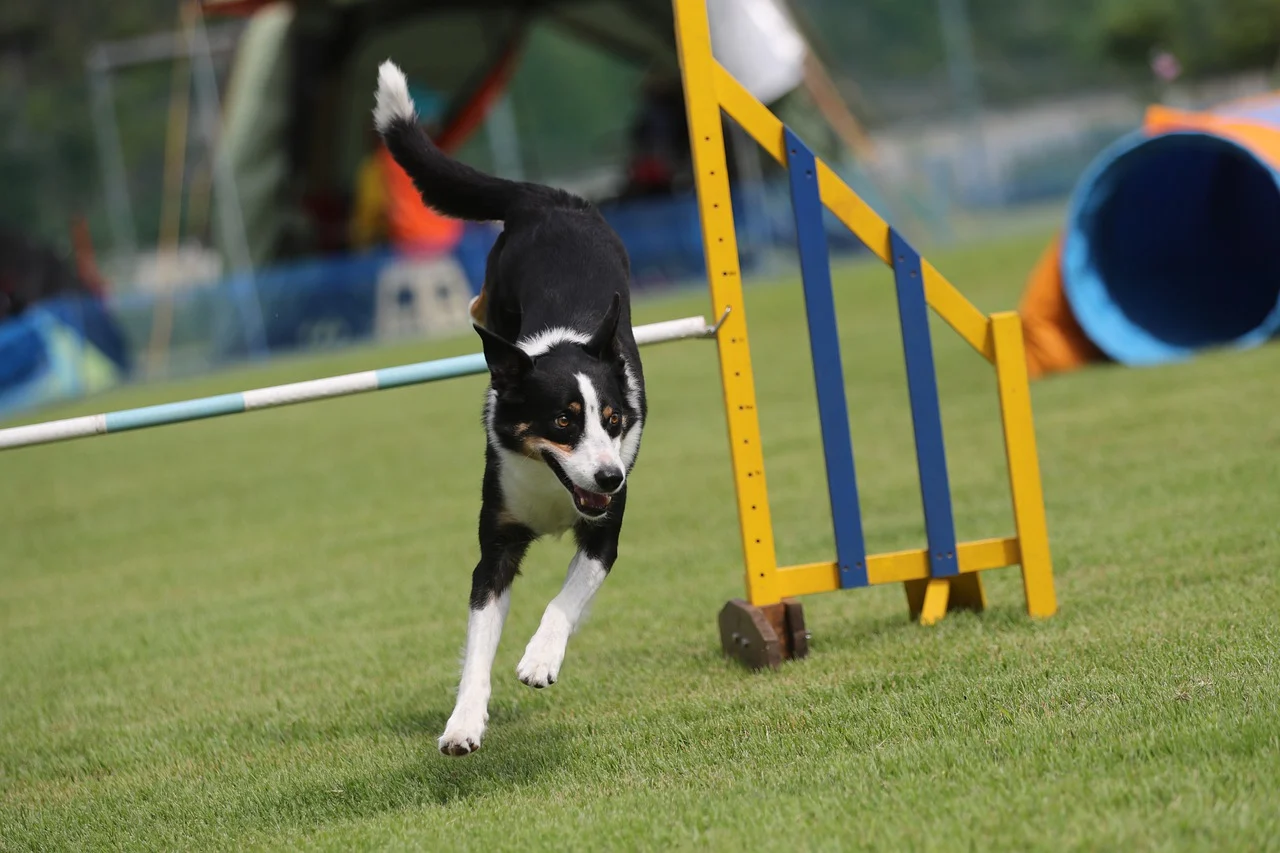Kennel Enrichment: Exercise and Socialization of Dogs

In the last 50 years, there has been a growing need for storage and management systems for the production and maintenance of large numbers of dogs. Unwanted dogs and strays, detained in kennels, stay for various lengths of time. Large kennels also produce dogs for sale as companion animals, for the service dog industry (police and guide dogs), for biomedical research, and for use by dog food companies. Across the United States, literally tens of thousands of dogs are born in kennels and spend their lives in kennels. The laboratory dog, the kennel dog, the service dog, and the companion dog are in an evolutionary transition period, accompanied by concomitant adaptation to stresses signaled by a high frequency of genetic disease and behavioral abnormalities. For kennel enrichment programs, such as socialization and exercise, the modem kenneled dog is a genetically moving target. Specific recommendations apply neither to all breeds nor to the variations within a single breed.
Coppinger, R., Zuccotti, J.(1999). Kennel enrichment: exercise and socialization of dogs. Journal of Applied Animal Welfare Science, 2(4), 281-96. doi: 10.1207/s15327604jaws0204_3. PMID: 16363933.
View ResourceTopic(s): Enrichment, Enrichment, Stress & Improved Welfare, Exercise, Exercise - Safety & Welfare Considerations, Shelter and Rescue